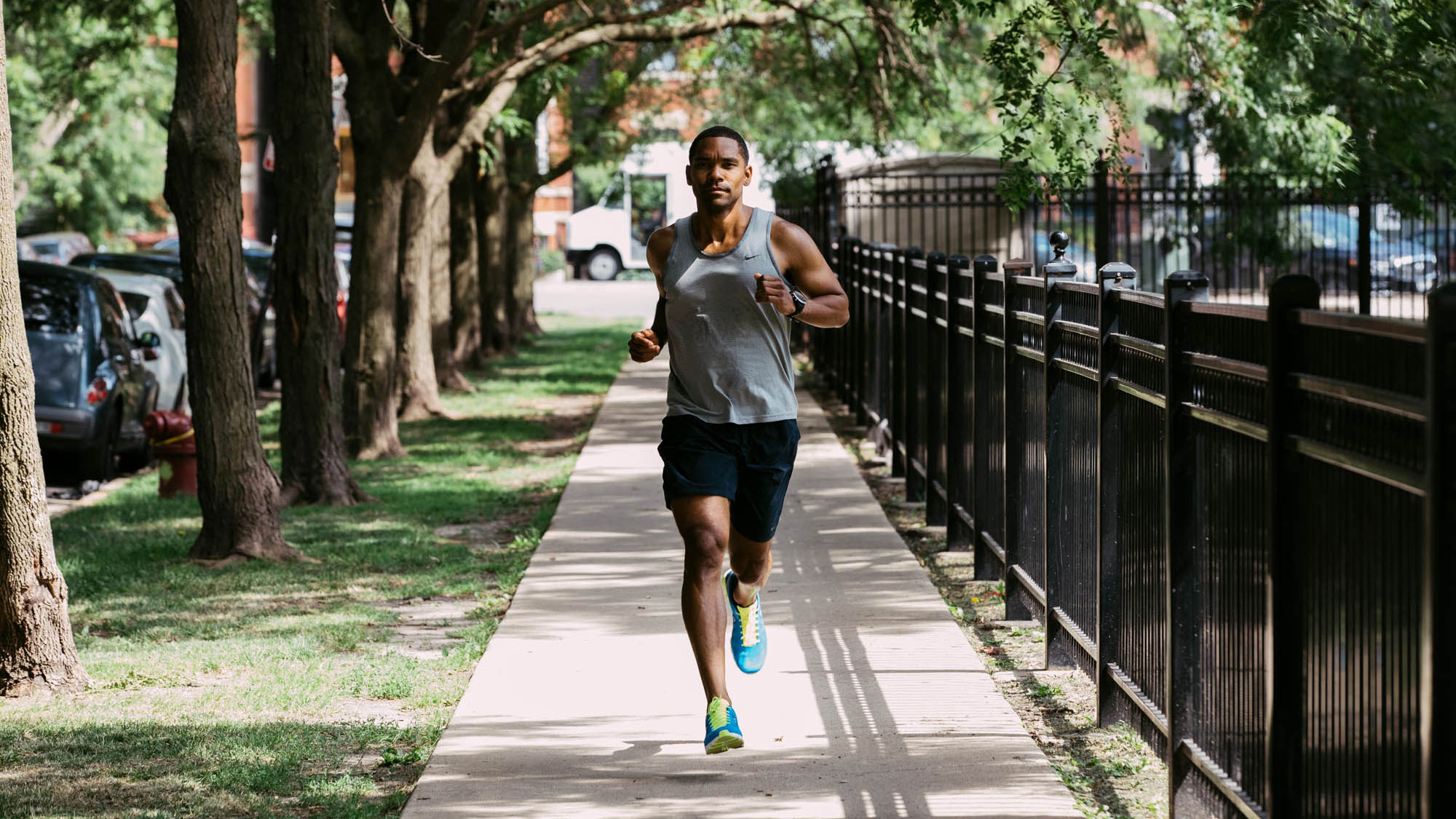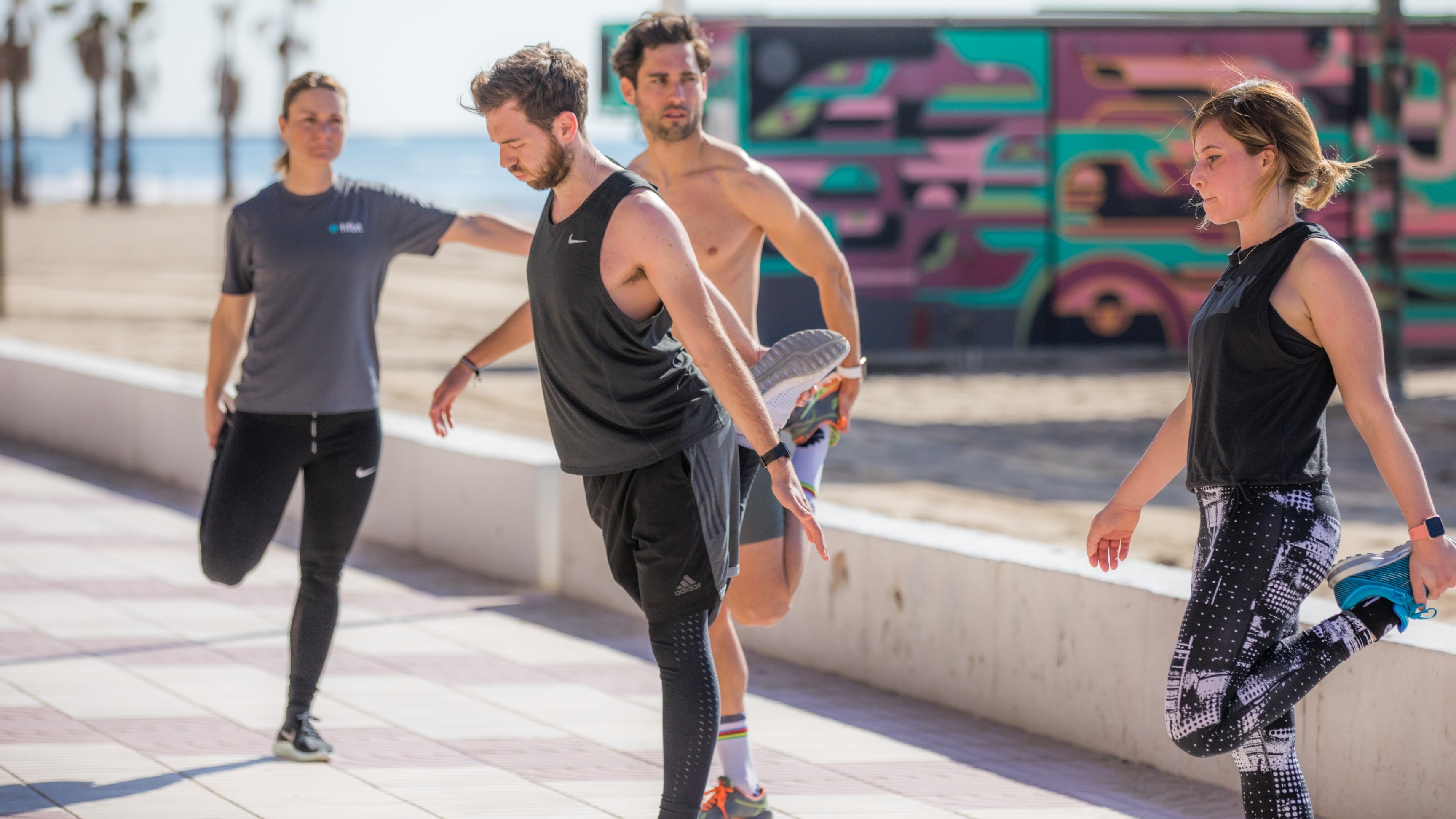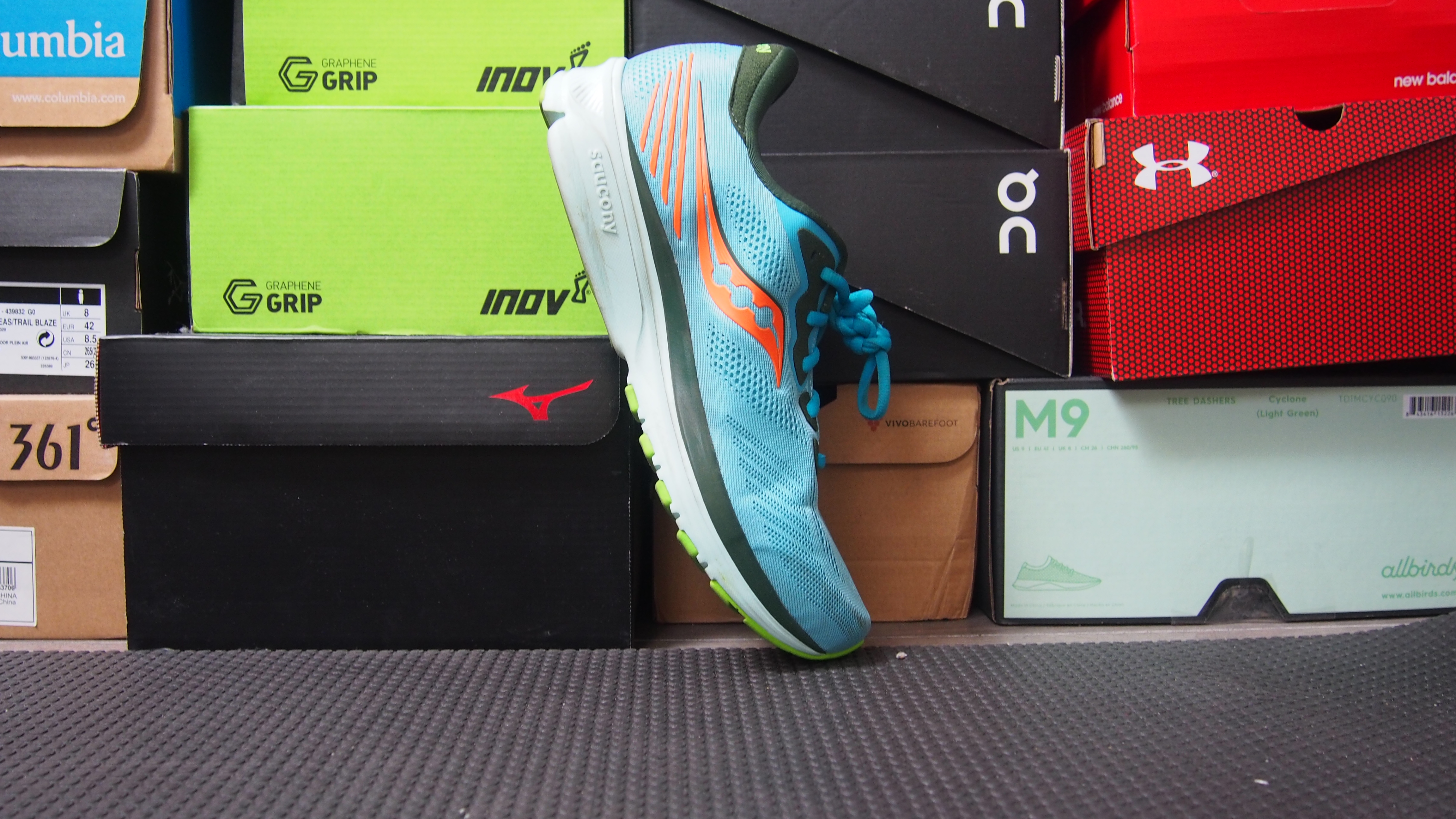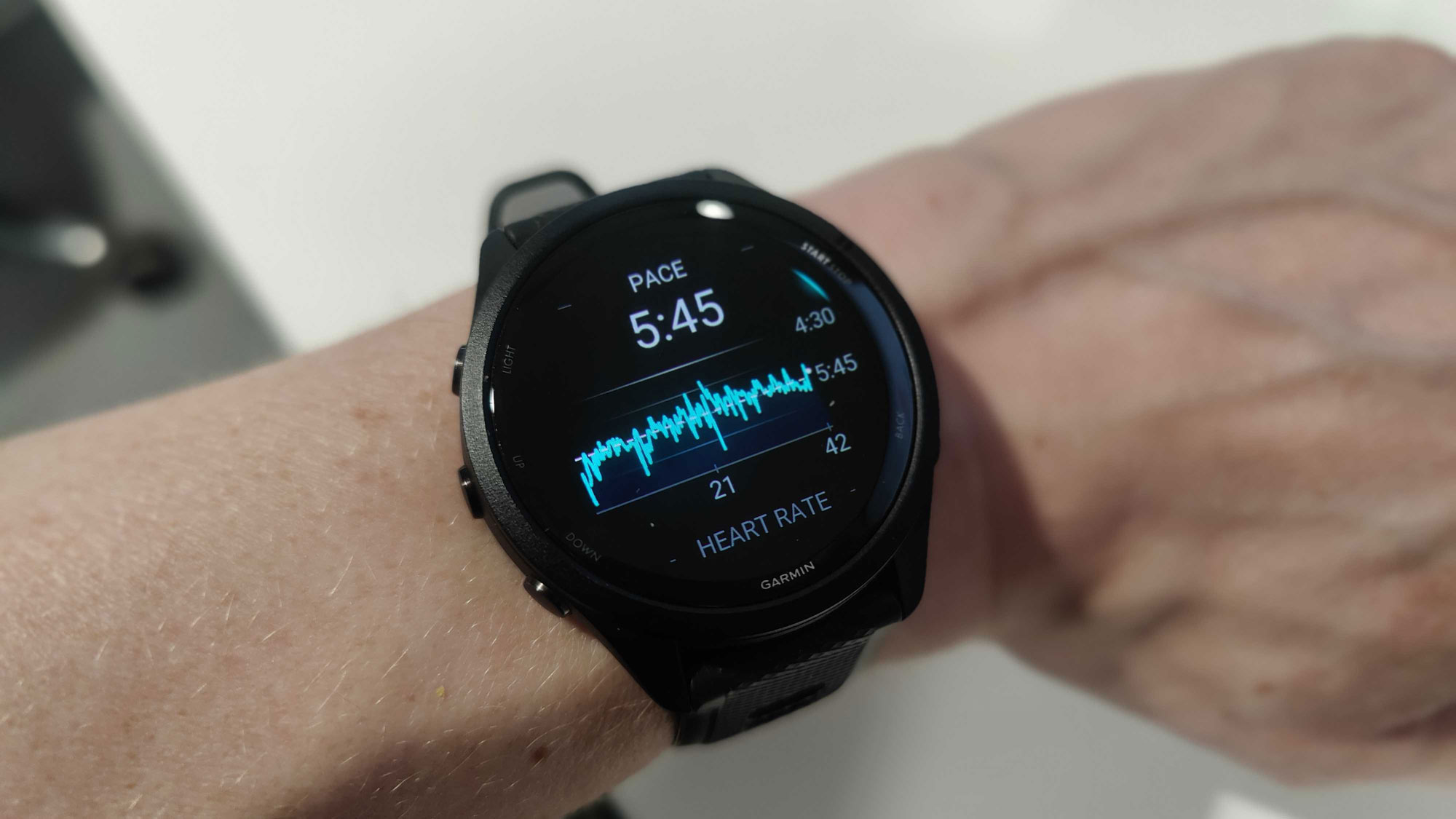These are the 5 common running mistakes every beginner makes – and how to avoid them
How to avoid the most common running mistakes

Getting started with running can be so overwhelming that it might stop you taking those first steps. You might ask yourself questions such as “Why am I running out of steam so quickly? Am I really that unfit?” or “There’s so many different kinds of running shoes out there – do I need to spend a lot of money to start?”
Fortunately, we’re here to offer some guidance for all those on the fence about starting running. Below, you’ll find some tips to help you begin your running journey, plus some common pitfalls to avoid.
1. Running too fast

One of the most common mistakes every beginner runner makes is believing that to get better at running, you need to run fast. Unfortunately, this leads to a lot of beginner runners, who haven’t built up the ability to run at that speed for any length of time, gasping for air and struggling to carry on.
Running is a skill, and like all skills, it needs practice. You won’t be able to run at a fast pace for a sustained length of time straight away, so our number one tip for beginners is to slow down. One of the most popular beginner running programs, Couch to 5K, utilizes the “walk-run technique” in which you run for a short period of time, then walk for 30 seconds to recover, before running again. This is one way to limit your speed.
If you find yourself struggling to continue after only 10 minutes of running, consider slowing down or scheduling some walking periods into your run. As you build up your endurance, you’ll be able to run for longer.
2. Not warming up

Even simple warm-ups are frequently ignored by beginner runners, but it’s best to take at least two minutes to warm-up in order to decrease your risk of injury and improve your range of motion. The looser your shoulders, hips and calf muscles are, the less likely you are to injure muscles unused to long runs.
A selection of three studies published in the Journal of Science and Medicine in Sport found “performing a warm-up prior to performance significantly reduced the injury risk” in participants. A simple warm-up can take just two minutes, properly prepare you for a run, and add a little extra onto your workout at the same time.
Sign up for breaking news, reviews, opinion, top tech deals, and more.
Not sure how to go about it? To get started, try this two-minute warm-up from the adidas Runtastic channel.
3. Using the wrong kit

Before we get onto running shoes, it’s important to discuss what kind of fabrics you wear for runs. If you choose a simple cotton or wool t-shirt, your sweat will soak into it and the sweaty fabric will cling to your skin. Synthetic, breathable workout clothing allows the sweat to pass through the fabric and run away across the outside, rather than simply absorbing it. Look for “sweat-wicking” clothing to make sure you finish your workout feeling comfortable, not clammy.
Now for the shoes. You don’t have to spend a lot of money on the best running shoes, but do buy from a well-established brand such as Nike, adidas, Saucony, New Balance or the like. Buying cheap knock-off shoes can mean you don’t get good-quality midsoles and outsoles, leading to more stress on your joints as you pound the pavements.
Look to buy new shoes from lines that are a couple of years old for your first few pairs. For example, a brand-new pair of Saucony Ride 14s, which came out a few years ago, will cost considerably less than the latest shoes and will still protect your feet, ankles, knees and hips from the concrete.
4. Not measuring your progress

If you don’t monitor how you get on, and run without a plan, you’re setting yourself up for failure. We’ve already mentioned the Couch to 5K program, but using one of the best running watches can provide information on how fast you run, how far you’ve run, a detailed graph of your heart rate, and lots of other key information. Over time, you can see how you’ve developed, and adjust your training accordingly.
Why track your progress? Because it means you hit your goals. Tracking your progress, whether it’s with your training or your food plan, can make the difference between success and failure. One study on weight loss found participants who kept a diary of their diet effectively doubled their weight loss progress compared to those who kept no record. Keeping an eye on your running progress and watching yourself improve is a great way to know if you’re hitting your goals, and will help you set new, achievable targets.
5. Not fueling your body properly

If you’re going out for a run having had a cheeseburger and a beer the night before, with no breakfast or water, you’re not going to have a very good time on the road. Like a car, your body needs fuel to run efficiently, starting with water. Drink a glass of water before you exercise, and ensure you rehydrate properly afterwards, too.
Next up is breakfast. Elite athletes start loading themselves with carbohydrates in the days before a run, but for a simple morning or afternoon jog, all you need is a bowl of porridge for breakfast, or a small portion of pasta with veggies for lunch; either will give you plenty of carbohydrates for your body to use as fuel. After a run, a source of lean protein such as salmon, steak, chicken breast or legumes will help your muscles recover faster.
Some people with weight loss as their goal like doing “fasted cardio”, or running for 20-30 minutes before breakfast, in order to encourage their bodies to burn fat. This is an option if your goal is specifically to lose weight rather than get better at running, but just be aware that exercising with nothing in the tank is probably going to suck at first. You might want to build your running endurance by exercising with the right fuel before you opt for fasted cardio.

TechRadar created this content as part of a paid partnership with Garmin. It was written by a TechRadar journalist and was not sent to the funding partner for approval.

Matt is TechRadar's expert on all things fitness, wellness and wearable tech.
A former staffer at Men's Health, he holds a Master's Degree in journalism from Cardiff and has written for brands like Runner's World, Women's Health, Men's Fitness, LiveScience and Fit&Well on everything fitness tech, exercise, nutrition and mental wellbeing.
Matt's a keen runner, ex-kickboxer, not averse to the odd yoga flow, and insists everyone should stretch every morning. When he’s not training or writing about health and fitness, he can be found reading doorstop-thick fantasy books with lots of fictional maps in them.